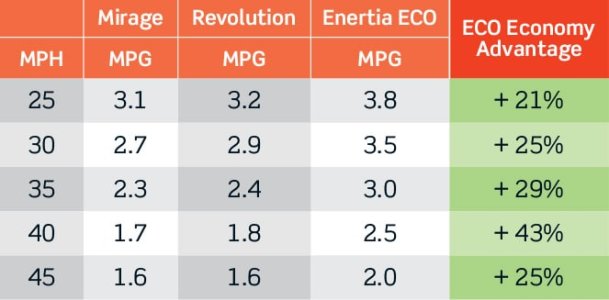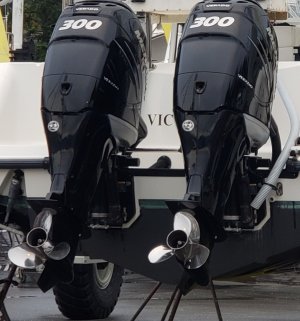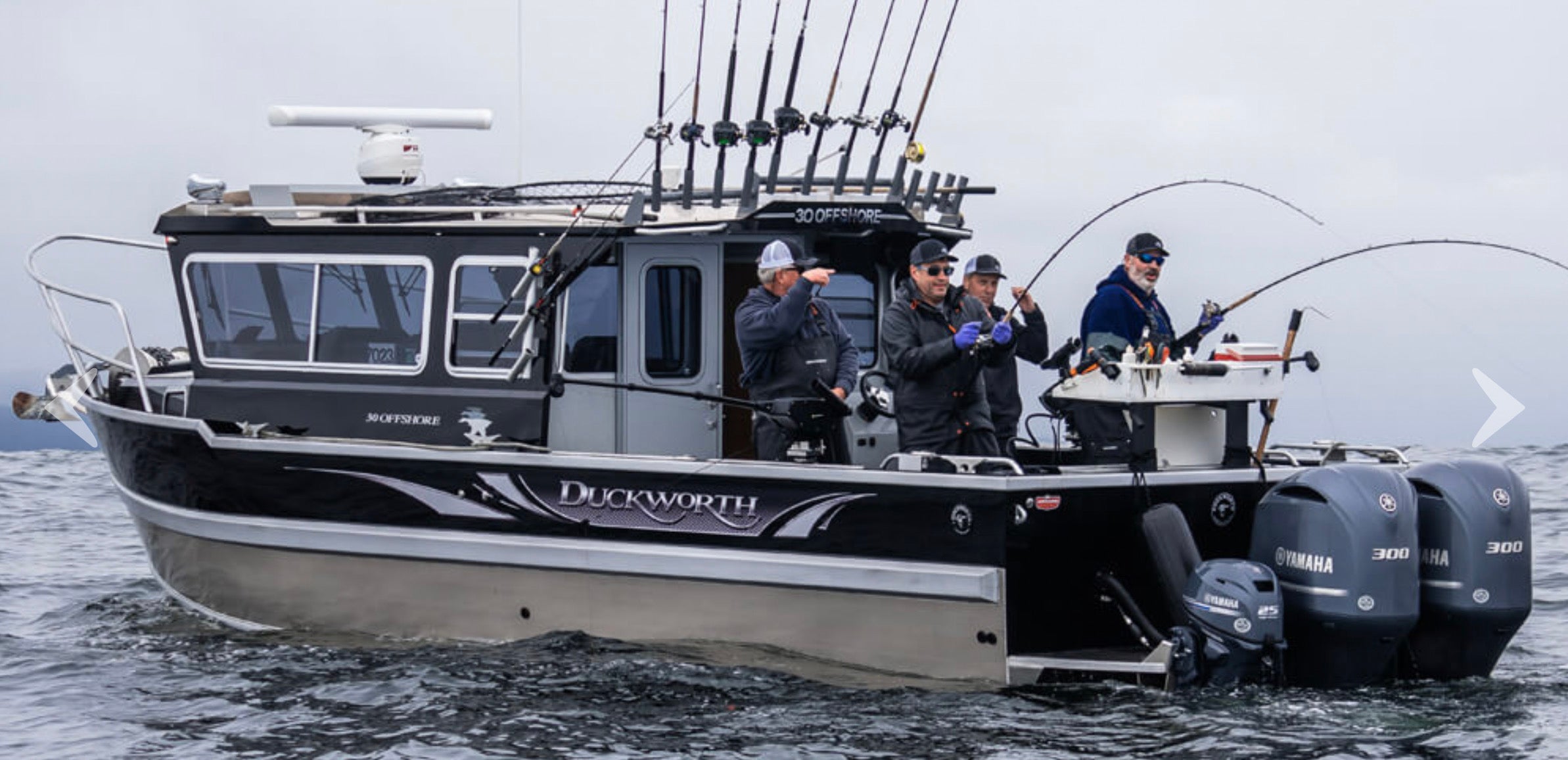So I just got off the phone with a guy who was involved in a detailed test of the Sharrows. In exchange for the use of his boat for the test, he was given a pair of Sharrows that he’s been running since last July
I asked him a pile of questions—-First, I wanted to know what the “traditional” props were that were used in the test to compare performance against the Sharrows (they were brand new, out of the box, Yamaha Salt Water Series 15 1/2 x 17P—-the Yamaha engineers on the boat during the test insisted on using brand new props for the baseline. )
He confirmed that the mph to RPM curves you can see in the test results were based on instantaneous power curves, not running steady speeds at different RPM’s... so in reality, that boat with the twin DF300’s would run approx. 30 MPH at 4K with the traditional props, not the 16 MPH you see in the graph.
He confirmed that cruise speed per given RPM (on step, mid range RPM) was significantly increased with the Sharrows compared to the SWS Yamaha props—-they could run at 3.4K and stay on step with 7 guys in the boat with the Sharrows. With the traditional SWS, they had to be in the upper 3K range—-lower RPM per any given cruise speed is where all the fuel savings come from
His ballpark estimate—-20% plus or minus savings in fuel. They burned 4,550 liters last summer (it’s a charter boat). You can work out the amortization schedule of those props based on 20% of that number for a boat that is heavily used like that
The big question is how will they hold up to a wood hit in the water (if you hit one of the props with twins and damage it, be prepared to remove them both)
The other question: what will those delicate flukes look like after a few seasons. I’ve already heard anecdotal stories of PowerTech props breaking flukes just from fatigue——not enough history on how the Sharrows will hold up to draw any conclusions
The noice cancelling—everyone raves about that too...the Sharrows leave a much cleaner wake and engine noise is reduced significantly—-nobody argues that point





